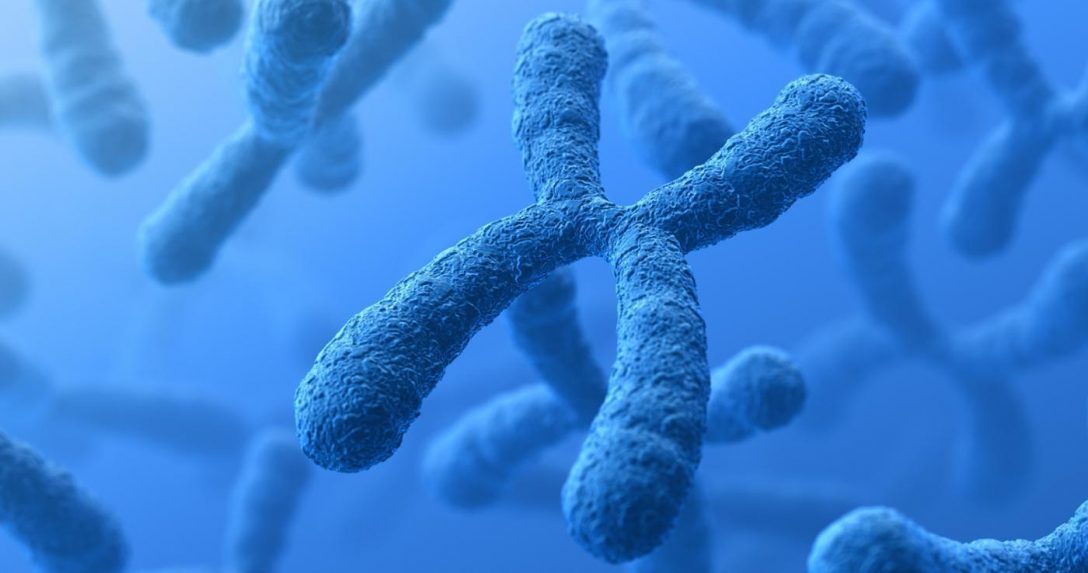Germline gene therapy has become a front-runner in the field of genetic engineering. This process is still in its beginning stages, and current research using both animal and human models shows great potential.

First and foremost, germline gene therapy would allow prospective parents with a family history of genetic disorders to ensure that their children would not be affected (1). Certain genetic disorders can be especially devastating, forcing patients to experience a gradual cognitive or physical decline, affecting not just their own lives but the lives of the loved ones around them. If parents are not willing to adopt children, they may wish to know whether or not their child has the disease, and may even decide to take steps to alter their child’s genome before the egg is even fertilized to eliminate the disorder.
Current research suggests that this concept is not as far-fetched as it seems. Research on germline gene therapy using animal models, like mice, have been successful in eliminating genetic disorders. One research study using mice as a model organism was conducted to correct the gene that leads to Duchenne muscular dystrophy in humans (photo below) (2). The researchers found that by using the CRISPR/Cas-9 method of germline gene editing researchers were able to both correct the genetic defect responsible for this muscular dystrophy and prevent the symptoms classically associated with this disease (2).
Duchenne Muscular Dystrophy

Sparking much controversy, two research groups in China have also conducted germline gene therapy experiments using human embryos. One of these groups from the Sun Yat-sen University attempted to use the CRISPR/Cas-9 system to correct the gene responsible for the beta-thalassemia blood disorder (see right photo below) (3). Both experiments were conducted using non-viable, donated human embryos whose genetic conditions were so severe they would not have survived, but both experiments were largely unsuccessful. The researchers concluded that the process for germline gene therapy needed significant work before it was ready for testing in humans (4). At this point, futhur experimentation in human models have not been approved due to ethical issues, but there is no denying that the method has potential.
Beta-Thalassemia Blood Disorder

There are, however, current methods for gene therapy that have been approved. Pre-implantation genetic diagnosis (PGD) involves the screening of embryos for genetic diseases prior to their implantation into the mother (5). All of the genes in each embryo are examined, and only an embryo that does not contain the genetic disease is implanted.
Pre-Implantation Genetic Diagnosis

This can be a beneficial alternative to later screening and termination of the pregnancy for couples who are at high risk for genetic disease. PGD can be done prior to fertilization of the egg by the sperm, meaning that it is also a method of germline gene editing (5). The benefit of germline gene editing is that once the genome is changed in the germline of an individual, this change will be passed on to this individual’s offspring and to all future generations. This means that once a genetic disease-causing gene is removed from the germline, it will not reappear in the future generations of the family unless brought in from an unrelated spouse. Germline gene editing targets the underlying problem, the genes themselves, instead of just treating one individual.
